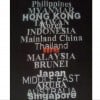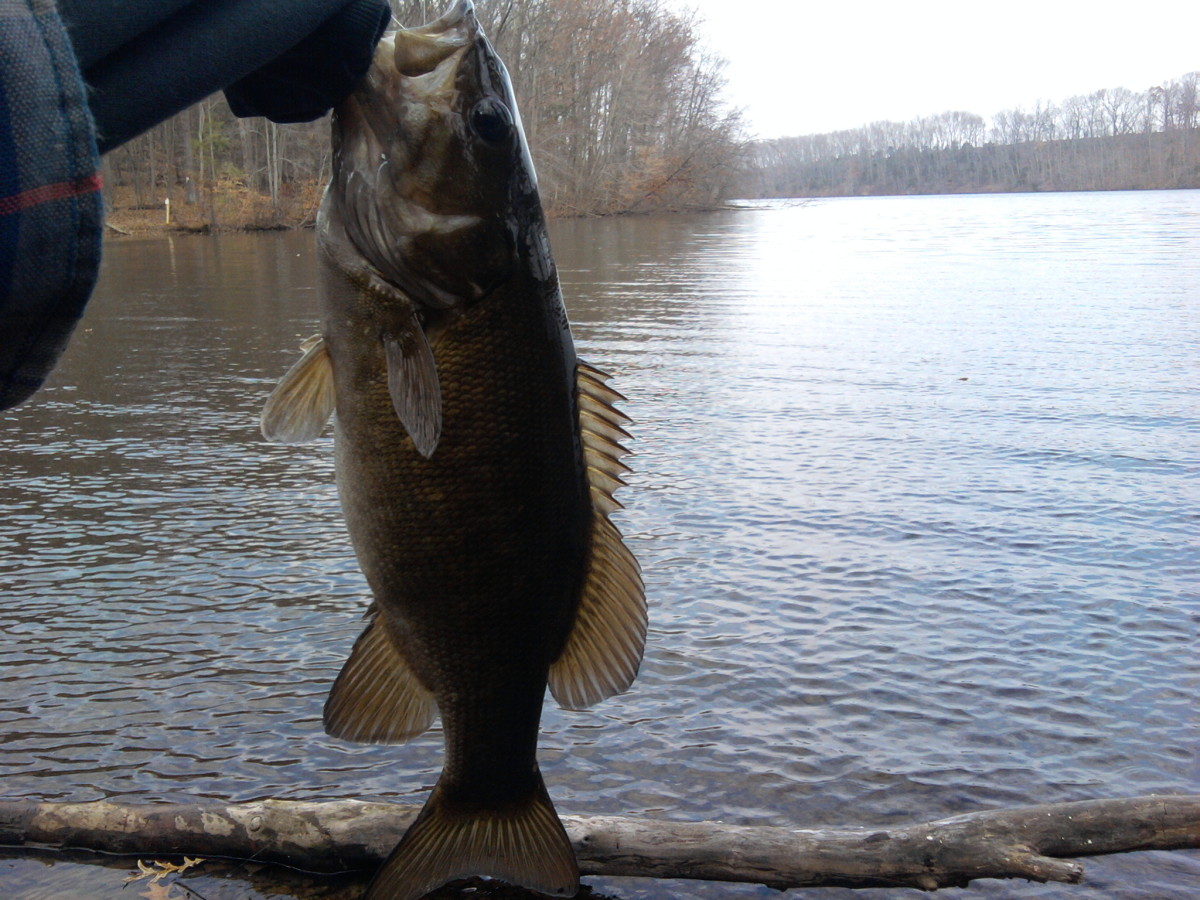Filipinos’ Love For the Balisong (the Butterfly Knife)
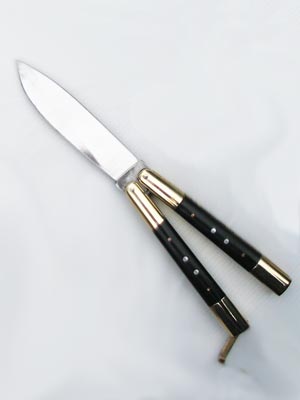
Introductions
This is the fourth in a continuing series of articles under the heading Filipinos’ Love for Bs. The idea have long lingered on my mind, ever since I first noticed back in the 1980s that most sports that Filipinos grew up liking and oftentimes excelling in all start with the letter B.
The First Article in this series was The Filipinos Love for Basketball (which is probably the nation’s favorite past time only probably challenge by), the second one, The Filipinos’ Love for Boxing (Manny Pacquaio need I say more?), the third would be, The Filipinos’ Love for Billiards (Bata Reyes, Django Bustamante and the rest of the Filipino billiards, pool and snooker players). And then we come to this one, while more like an art form and not really technically a sport, it definitely evolved into a hobby, a past time, a passion and a home grown industry, The Filipinos Love For The Balisong.
Technicalities
Now, some people will become technical on me and say that the Balisong is not a Butterfly Knife or that the Butterfly Knife is not a Balisong.
But really let’s cut some slack here, they all belong in the same knife family of which we can also include the Switchblade Knife, the Automatic Knife, the Folding Knife, the Fan Knife, the Assisted Opening Knife, the Gravity Knife, the Batangas Knife (literally the same as the Balisong), the English Flick Knife, the Italian Stiletto Knife and yes let us include the French Butterfly Knife, as some advocates say that the original butterfly knife came from France anyway. And there are a host of other similar kinds of knives, but they are just too many to mention.
But as we are not going to be talking about laws or legalities here, I will use the term balisong to mean the butterfly knife (and yes the Batangas Knife). And as far as we are concerned we will not deal with any of the other knives already mentioned or otherwise.
Now this might sound weird for many people but for a handful of decades now, Filipinos have progressively lost its once burning love affair with its most beloved all-around pocket knife, the balisong. Yes, the don’t-leave-home-without-it-dear kind. Today most Filipinos wouldn’t leave home with something alright, and not without the latest model cellphone or smartphone or the latest PSP, iPod or iPad (so what's in your pocket?).
And in fact, as far as I know, the balisong may have already died a natural death in many areas in the Philippines, many young Filipinos of today may not have even heard of the balisong. And in general, I can say that the balisong is more well-loved, more well-known, more sought after and more widely-used by non-Filipinos or by people of Filipino or mixed Filipino decent born or living overseas, where of course it is generally illegal to own or carry one. And as I always say, the easiest way to propagate the use of something is to make it illegal. There is just that strong and often unavoidable appeal for us as human beings to gravitate into doing or trying out what is illegal, I wonder why. And then we love it and we are hooked. Okay, later on we tell ourselves, so that’s why it was illegal.
Origins
Anyway, balisong enthusiasts all around the world (and they are all over the planet) have never really gotten into a general agreement as to where the balisong came from.
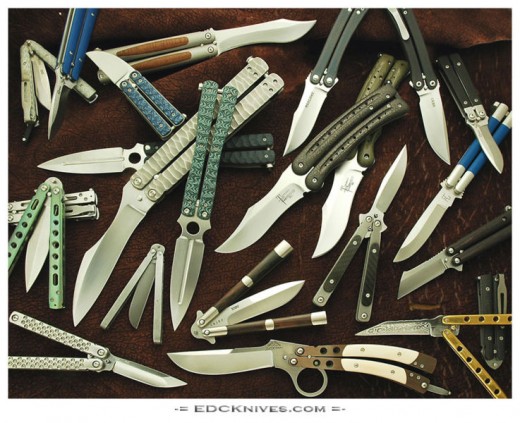
Of course the term balisong and Batangas knives are both Filipino inspired. The word balisong was said to have been derived from two Tagalog (Filipino) words and Batangas is actually a region (a province) in Luzon, the main island of the Philippines.
In Batangas Province there is a little barrio (a town) named Balisong. And you guessed it, the main produce of this tiny village is the Balisong Knife and a host of other types of knives and sharp instruments.
Batangas Province is actually in the middle of its region which is composed of nine or ten other provinces that currently make up what is now known as the Southern Tagalog Region. Southern being they are in the south end part of Luzon and Tagalog (and also English) being their main language. And ever since I can remember and as far as I know, this region has been the bedrock of the Balisong Knife at least since the early 1900s.
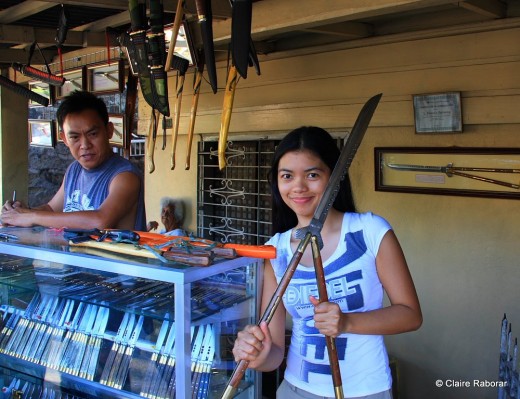
My First Look At A Balisong
Now back when I was a young boy in the 1970s, I got my first look and feel (an actual touch) of a real sharp tipped and a really sharp edged balisong. I tried handling it on a few occasions but I guess it’s an acquired taste and I never really acquired the taste or the skills for it as I really hated the sight and the smell of blood, yes especially my own.
The bentenuebe (or veintenueve the Spanish word for 29) is another local term for the balisong and back in the day, a lot of people from Batangas and the nearby regions were known to carry one on their person. And of course many of them are very agile in its use. In fact it is like the Tagalog’s Swiss Army Knife, all-in-one, survival, James Bond and Mcgyver tool. The bentenuebe is typically a short balisong, about 29 cm in length, although of course there are 29 inch balisongs and even some up to 72 inches length and they are more aptly called balisong swords.
The Balisong Sword or The 29 Inch Balisong
But as I have said, I have never really gotten into the balisong thing. And you could probably wonder why, just look at the size of that thing.
But I have been looking into becoming a collector and maybe at least to be a casual balisong twirler or flipper or whatever else they call those fancy opening, closing and other aerial balisong moves, with the smaller ones of course.
I actually own a set of kamagong arnis sticks, which is another Filipino Martial Art weapon but that too I have yet to master. Apparently Filipino warriors have for centuries been agile with the spear, the lance, the sword, the bolo, the knife, the fighting stick and many other fighting weapons coupled with unarmed combat arts. And they have passed down these skills from generation to generation. But apparently it didn't reach me yet. For I am part of the newer generation who have been exposed and who have taken up other Asian Martial Arts Forms.
American’s First Look At the Balisong
At the start of the 1900s, after the Spanish occupation of the Philippine Islands, the American GIs took over but not without a fight from the Filipino insurgents. And there are documented accounts from American eye witnesses and survivors about how certain Filipinos have sown fear by the use of their dreaded hacking and stabbing weapons..
And by the end of the Filipino-American War (a few years later) returning GIs have brought to America balisongs, among other things, as souvenirs mostly. And they brought even more home after the second world war and soon it came into world consciousness.
Now, the modern day Father of the present day balisong would be none other than Perfecto De Leon, circa 1900s and was continued on by his children and their children, until this day in Barrio Balisong and nearby villages in Batangas Province.
Here is a photo of an early Filipino-made Balisong, the box is inscribed with Alibata (or Baybayin), the ancient writing of the Filipino people.
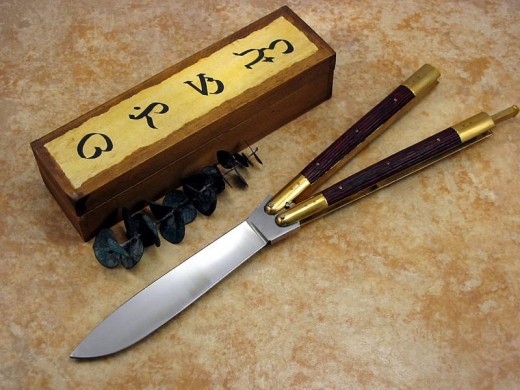
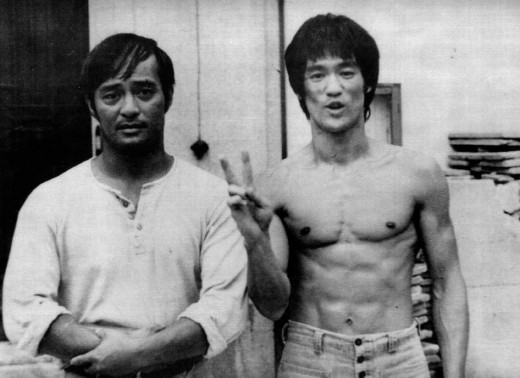

Balisong Today
The current resurgence of the balisong can be credited to the trio of Les de Asis (U.S. knife maker), Dan Inosanto (the best known student of Bruce Lee) and Jeff Imada (stunt coordinator and fight choreographer), both great and well-known Filipino martial artists, trainers, actors, directors and consultants of Hollywood Action films.
And of course the lifting of the importation ban to the U.S.A. of the balisong was the one big push that it really needed.
In the 1970s, de Asis’ butterfly knife took the world by storm, winning for him BLADE MAGAZINE’s Award of the Year for the best American-made new design. Today, he is the president of Pacific Cutlery Corporation, the only licensed manufacturer of the patented Bali-Song knife and the only registered owner of the name Bali-Song.
Dan Inosanto used the balisong in his Filipino martial arts demonstrations and in numerous action films. The balisong first appeared on screen in Jackie Chan's The Big Brawl. Other films followed suit, among them Sharkey's Machine, a Cheech and Chong film, Silent Rage, Ten to Midnight and Outsiders.
Jeff Imada (Inosanto’s student) have continued and is still continuing where Dan had left off.
Dan Inosanto and Jeff Imada and their work in the Denzel Washington Movie The Book of Eli
Footnote
The word "balisong," is a generic word. But the term "Bali-Song," with the hyphen, is a registered trademark of Benchmade Corporation and was previously used by Pacific Cutlery and by Bali-Song Cutlery before that.
The word "balisong" means "Broken Horn" (in Tagalog "baling sungay" or balisung). The original balisungs were made from carved animal horns and recycled knife blades.
The name butterfly knife is a term coined in the United States.
The history of the butterfly knife is uncertain. The knife may actually have been invented by the French as the book "Le Perret" suggests that it was developed in the late 1600s to early 1700s. Other sources say that as early as the year 800 AD, balisungs were part of the traditional weapons of the Filipino fighting (martial) art of Eskrima. And third option was that it was a much later invention and it was invented at about the early 1900s in the Philippines and was spread by American soldiers returning home from the war.
Basic Balisong Flipping
Buy A Balisong Online Direct From Barrio Balisong In Batangas, Philippines
- Balisong.com
Mabuhay! -- You're here at the official web site of Barrio Balisong, Batangas, Philippines -- the home of the original Balisong, occasionally called the Batangas knife, a deadly weapon that, in the hand of an expert, can be opened as fast as, if not
"Balisong" Song By Rivermaya Filipino Band
Want To Leave A Comment:
Filipinos' Love For Bs Series
- Filipinos' Love For Basketball
Now In the 1923 Far Eastern Games, "Lou" Salvador of the Philippines achieved the all-time record for the most points scored by a player in a single game in an international competition. He scored 116 points to lead the Philippines past China to reca - Filipinos' Love For Boxing
When you talk about boxing, nobody will fault you if you talk about say Muhammad Ali, Larry Holmes or even Mike Tyson. Or if you are much older, you could probably say Rocky Marciano, Henry Armstrong or... - Filipinos' Love For Billiards
Historians say that the Spaniards brought billiards among many other things to the Philippines. You do know that they had had a 333-year reign over most of the archipelago from the early 1500s to the late 1800s, right? Yes, making them probably the o - Filipinos' Love For Bowling
The Love For Bs This is the Fifth in the Series titled Filipinos Love For Bs (see the links for each article at the end). So if you have been following this, by now you would have known that Basketball... - Filipinos Love For Vices (Bisyo)
This is the Sixth in this continuing series titled Filipinos Love For Bs. Many Filipinos have told me or at least asked me (and people like me) why do we sugarcoat the Filipino or why do we not talk about... - Filipinos Love For Baboy, Balut And Bagoong
Cardiac Delights Now if you haven't the faintest idea what the terms baboy, balut or bagoong mean then after reading this, at least you would have learned something new today. Hooray! ...
